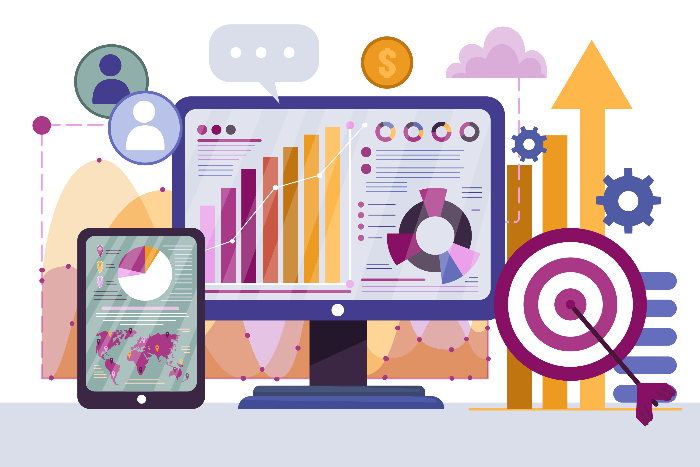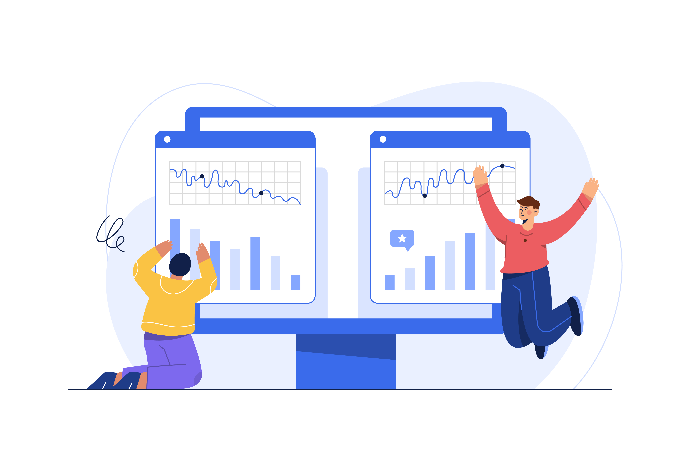The eCommerce landscape has become more competitive than ever, with countless online stores emerging. It’s crucial to understand your audience and tailor your offerings accordingly. This is where data analytics steps in as a game-changer. By harnessing the power of data, e-commerce businesses can unlock valuable insights that optimize their platforms, personalize the customer experience, and ultimately drive revenue growth.
In this article, we’ll dive into the world of eCommerce analytics, uncovering how businesses can turn raw data into strategic insights that boost sales, optimize marketing, and maximize ROI. Continue reading Leveraging Data Analytics in eCommerce for Smarter Online Selling




